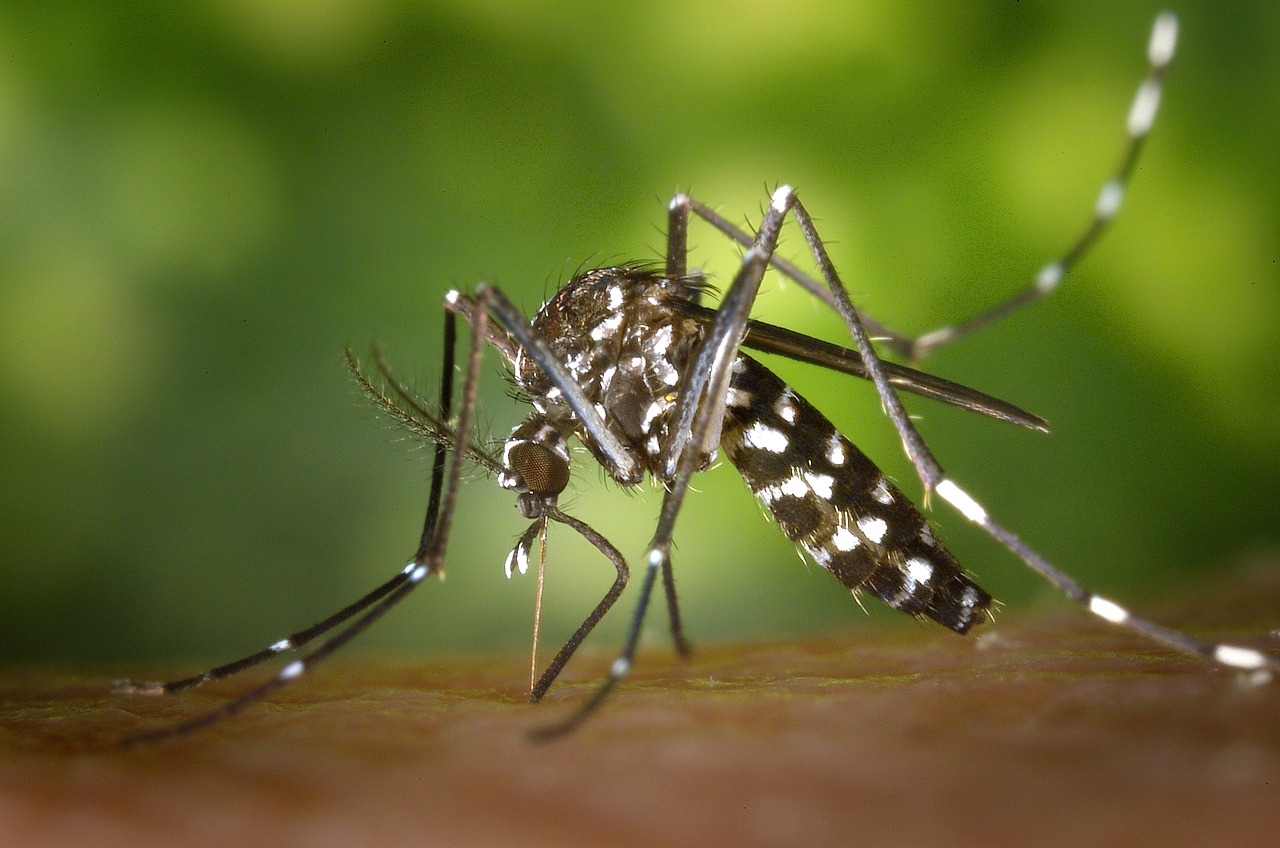Plasmodium and Malaria: Unraveling the Mechanisms of the Disease Progression

The Plasmodium species are a genus of protozoans, which are the primary cause of a global calamity and leading cause of death: Malaria. Currently, 156 plasmodium species have been identified, with only five being the most common cause of malaria: Plasmodium vivax, Plasmodium ovale, Plasmodium malariae, Plasmodium falciparum, and Plasmodium knowlesi. Among these, Plasmodium vivax (widely distributed) and Plasmodium falciparum (causes the most severe disease) are more commonly associated with malaria.
Transmission
Malaria is transmitted primarily through mosquito bites, specifically by the female Anopheles mosquito. Other modes of transmission include across the placenta, blood transfusion, and intravenous drug use.
Life Cycle of Plasmodium
The Plasmodium species’ life cycle involves two stages:
- Sexual stage (sporogony) begins in humans and completes in mosquitoes.
- Asexual stage (schizogony) occurs and completes in humans.
When an Anopheles mosquito takes a blood meal, it injects sporozoites into the human bloodstream. These sporozoites quickly infect liver cells (hepatocytes) within 30 minutes, beginning the exoerythrocytic phase, where they differentiate into merozoites. Plasmodium vivax and Plasmodium ovale can form latent forms called hypnozoites in liver cells, leading to relapse.
Erythrocytic Phase
Merozoites leave the liver and enter red blood cells, starting the erythrocytic phase. They develop into trophozoites, which transform into schizonts that release more merozoites, infecting additional red blood cells. This process repeats, causing cyclical infection.
Some trophozoites develop into male and female gametocytes, which remain in the bloodstream until an Anopheles mosquito ingests them in another blood meal, completing the sexual stage in mosquitoes.
Pathogenic Findings
Pathological features of malaria include an enlarged spleen due to erythrocyte congestion, kidney damage, hemolysis, and resulting hemoglobinuria, which produces "blackwater fever". Malaria caused by Plasmodium falciparum, or "malignant malaria", is severe and can cause life-threatening hemorrhage, particularly cerebral malaria.
Clinical Manifestations and Diagnosis
Malaria typically presents with abrupt fever, chills, headache, myalgias, and arthralgias approximately 2 weeks post-infection. Symptoms include:
- Fever cycle: Every 72 hours for Plasmodium malariae, every 48 hours for others.
- Common signs: Chills, nausea, vomiting, abdominal pain, and sweats following fever spikes.
- Splenomegaly and hepatomegaly: Often occur in infected individuals.
Plasmodium falciparum infections, if untreated, are life-threatening, while other species generally result in self-limiting cases.
Diagnosis
Diagnosis involves microscopic examination of blood with thick and thin Giemsa-stained smears. If more than 5% of red blood cells are parasitized, it confirms Plasmodium falciparum. PCR (polymerase chain reaction) and ELISA (enzyme-linked immunosorbent assay) can also be used.
Treatment
Treatment is complex and depends on infection severity and chloroquine resistance:
- Chloroquine-sensitive: Chloroquine is prescribed for Plasmodium falciparum and Plasmodium malariae. For Plasmodium vivax and Plasmodium ovale, chloroquine plus primaquine (if G6PD deficiency is absent) is used.
- Chloroquine-resistant: Coartem (artemether/lumefantrine) or Malarone (atovaquone/proguanil) for uncomplicated cases, while Artesunate or Quinidine (intravenous) is for severe cases.
Prevention
Preventive measures include:
- Use of mosquito repellents, nets, window screens, and protective clothing.
- Drainage of stagnant water in swamps to reduce mosquito breeding areas.
- Although there is no widely available vaccine, the WHO recommended the RTS,S vaccine for children in October 2021.
Similar Post You May Like
-

CFCs, HFCs and their long, troubled history
At its peak, the ozone hole covered an area 7 times larger than the size of Europe, around 29.9 million km2, and was rapidly expanding
-

The Origin of Universe: Deciding point where it all began!
Let us unravel and surf through the ideas throughout ages to understand what the universe and its origin itself was to its inhabitants across history.
-

The Artemis Program
Inspired by the Greek goddess of the Moon, twin sister to Apollo, the artimis program was named on 14 May 2019 by Jim Bridenstine.






